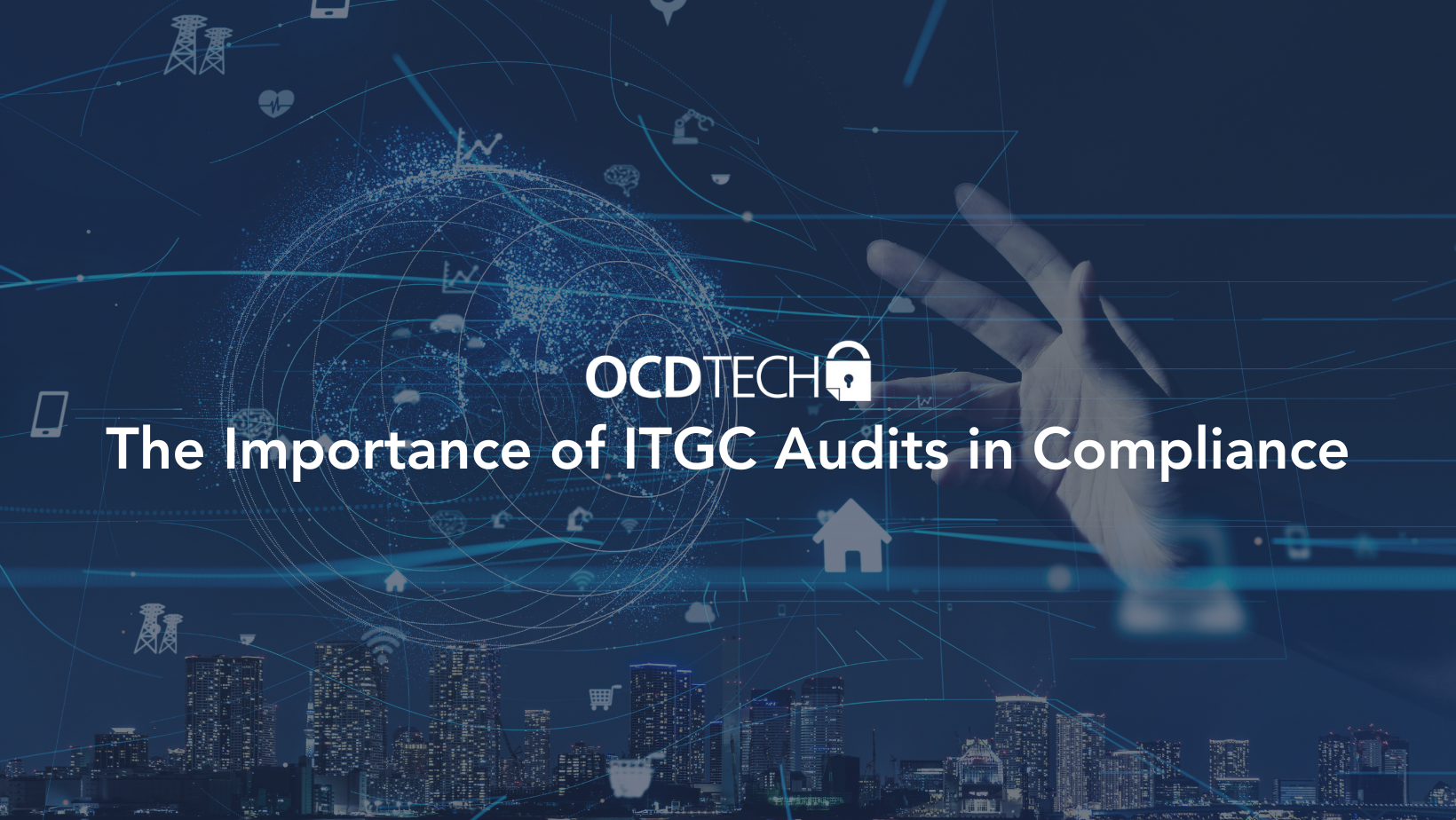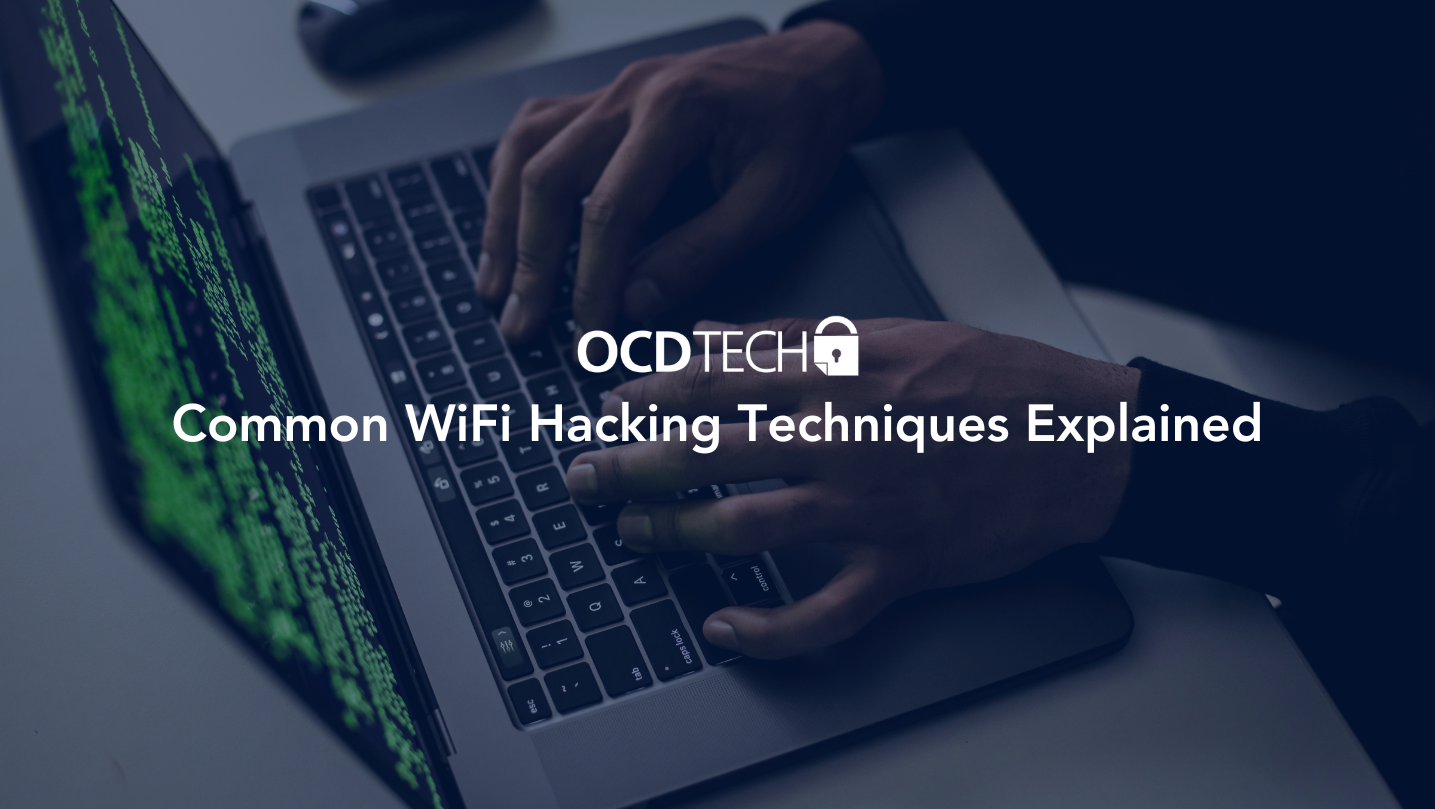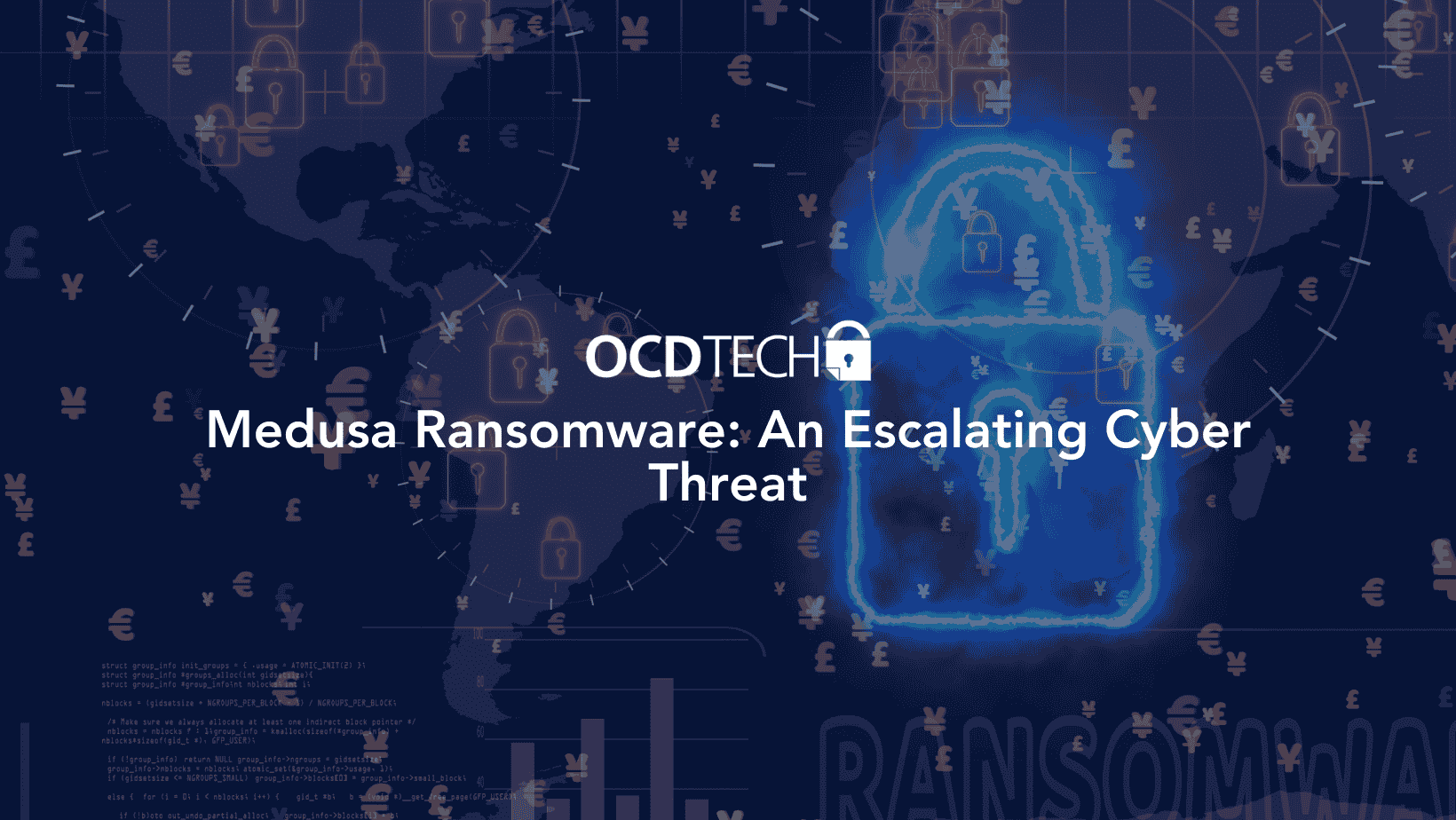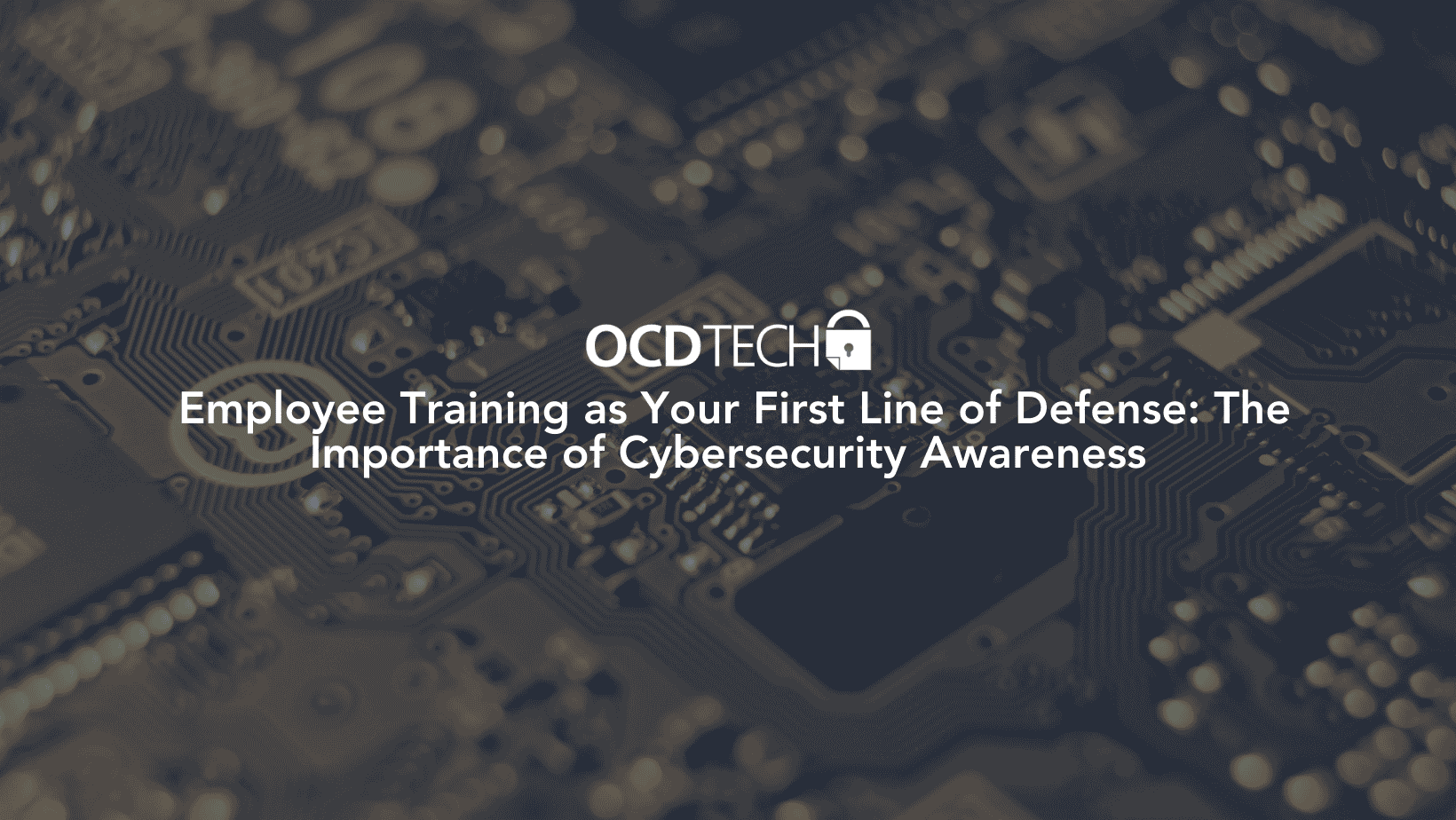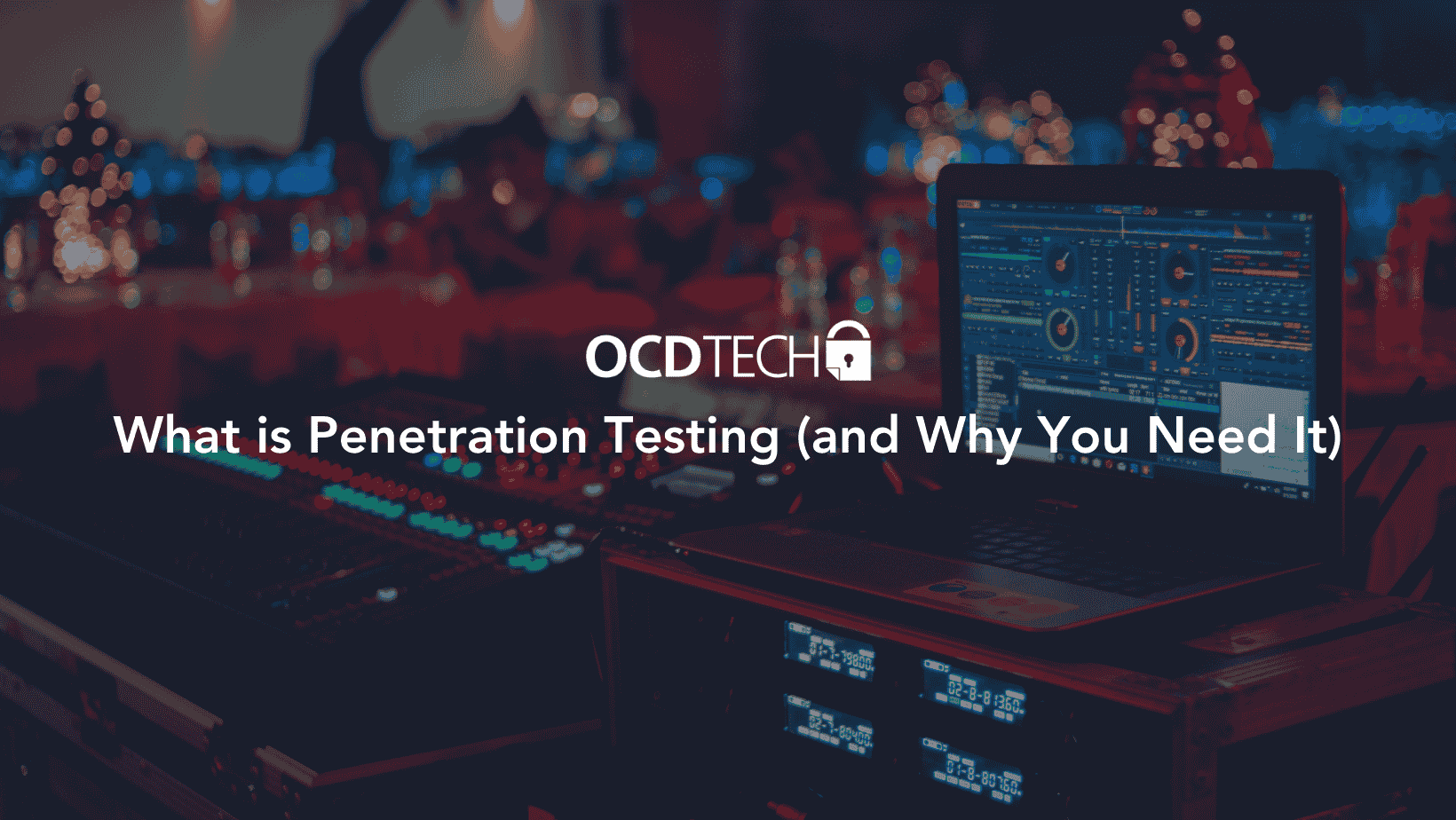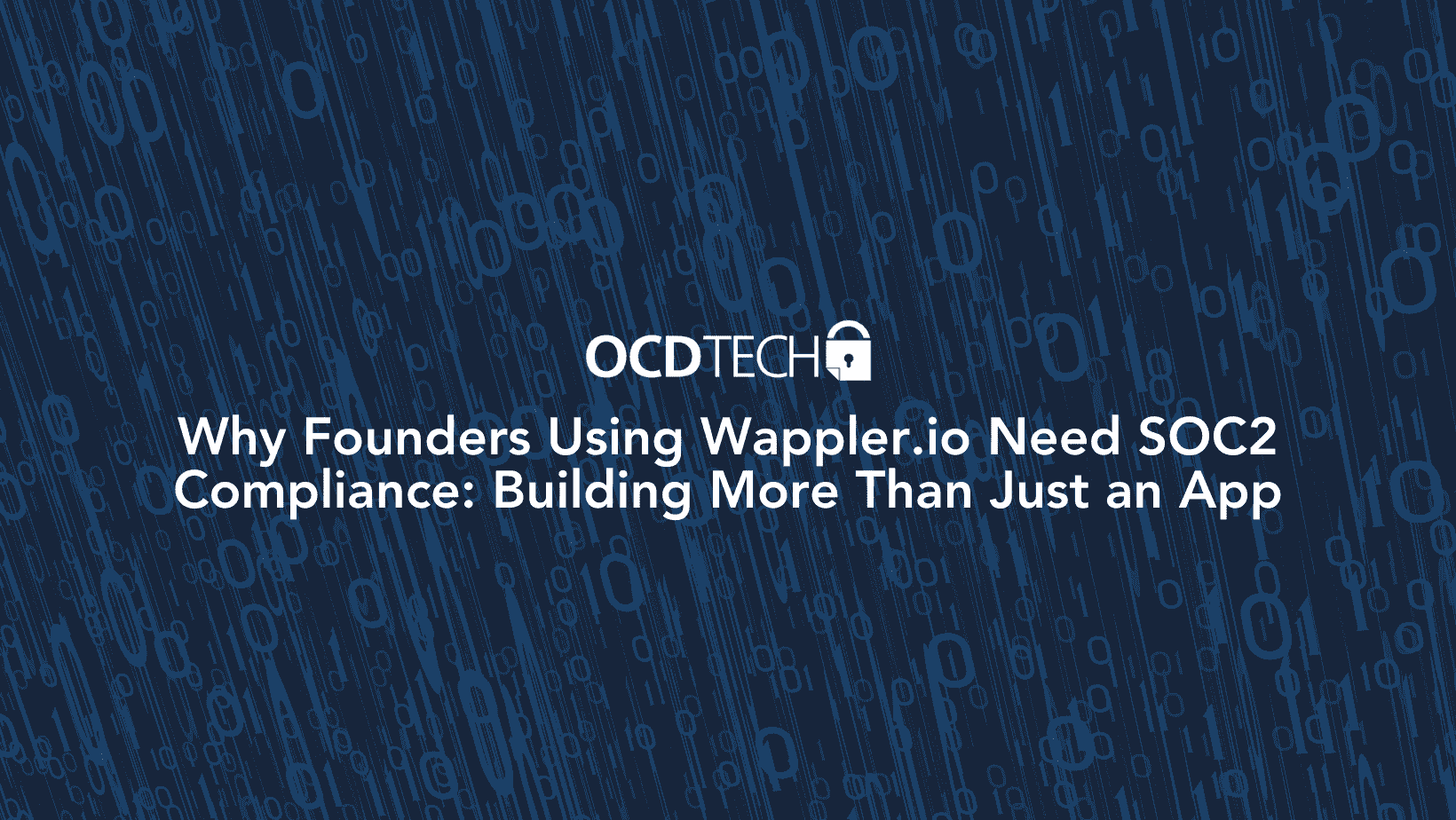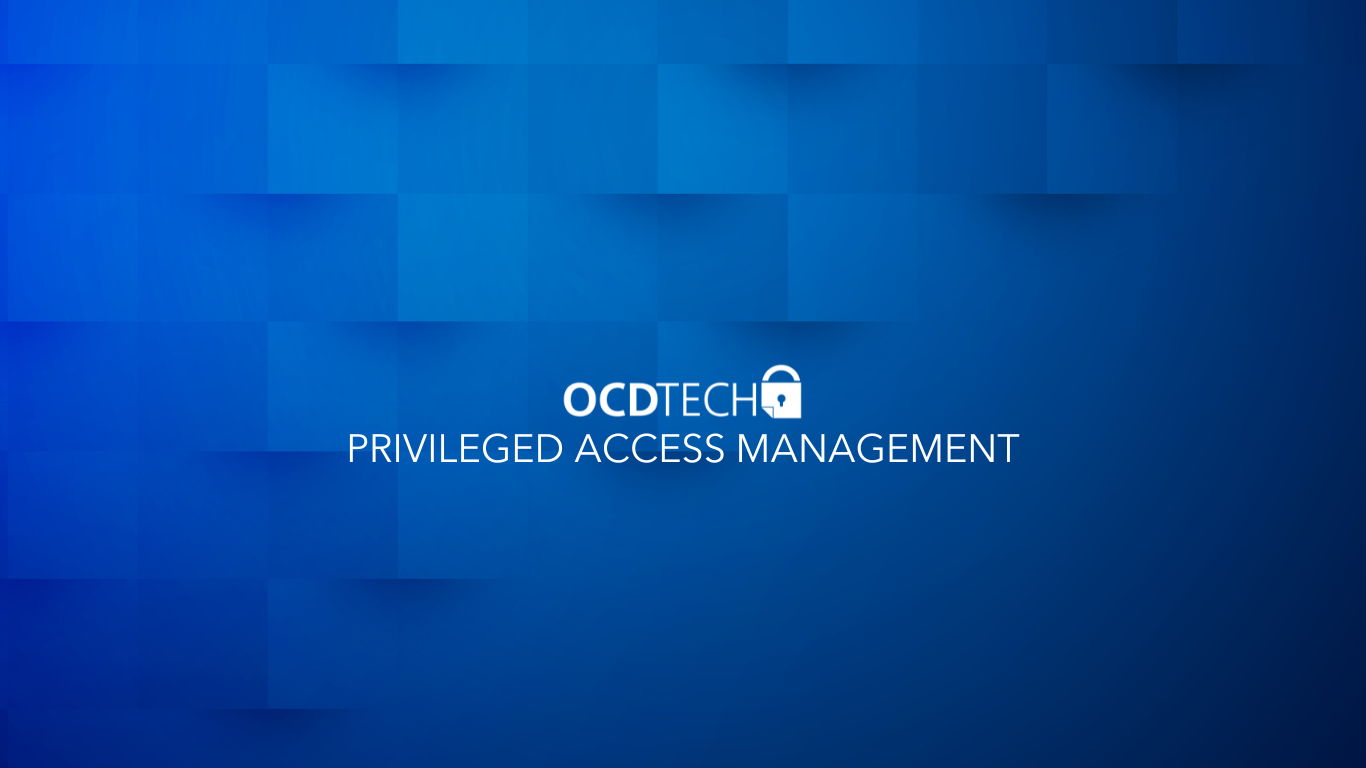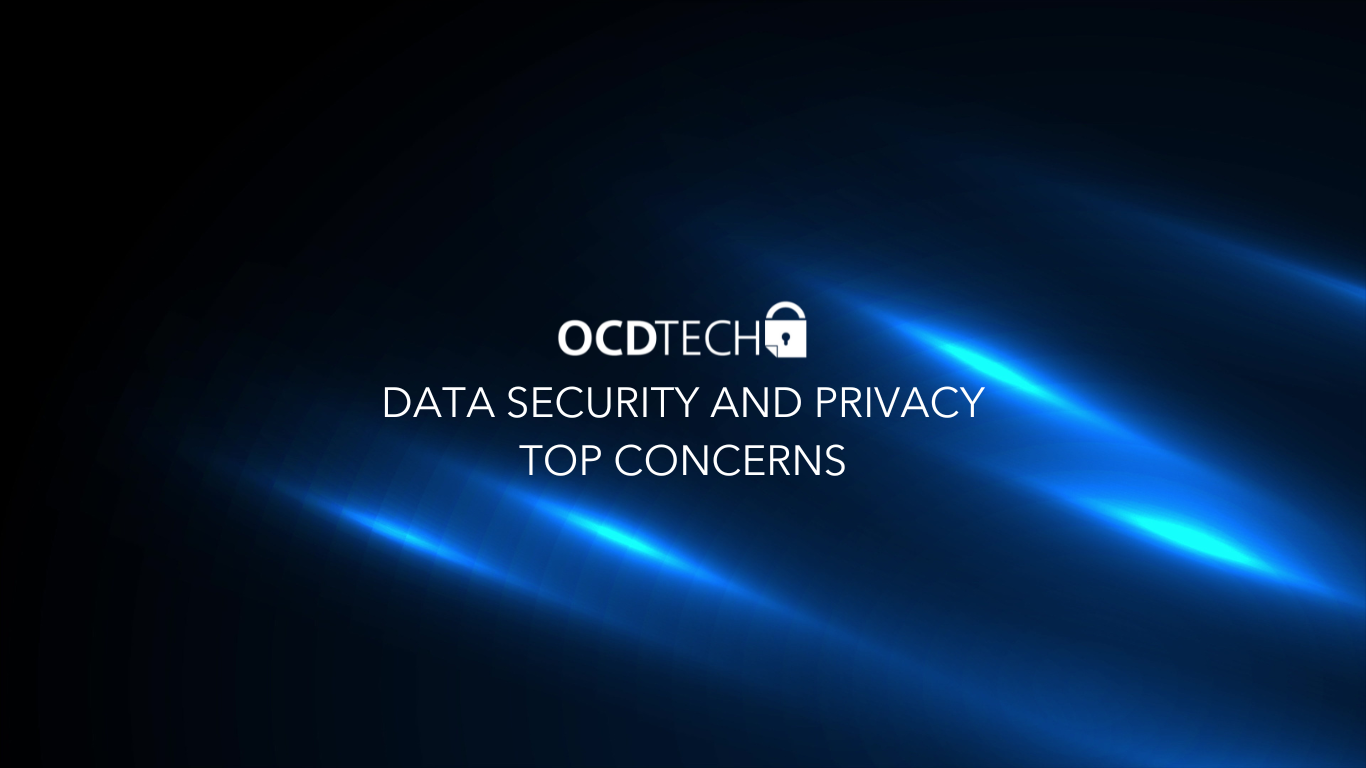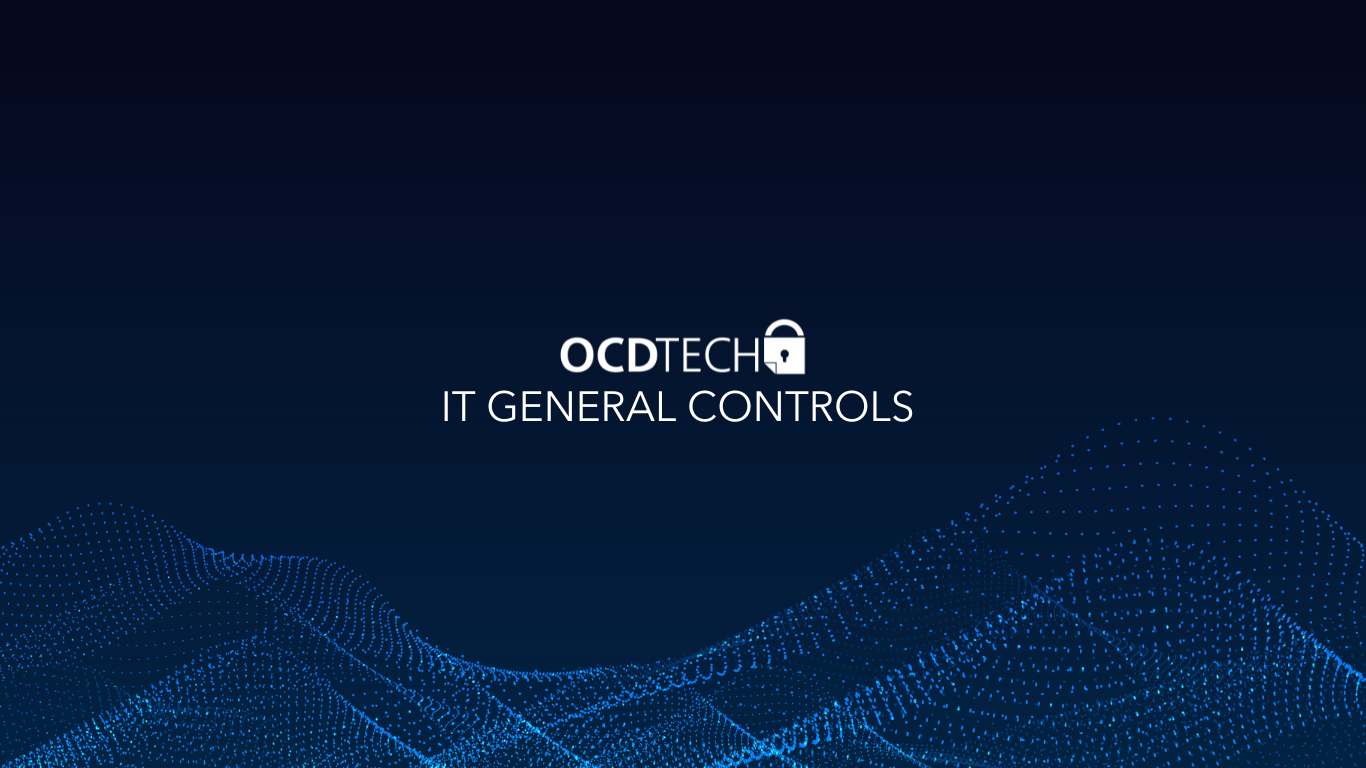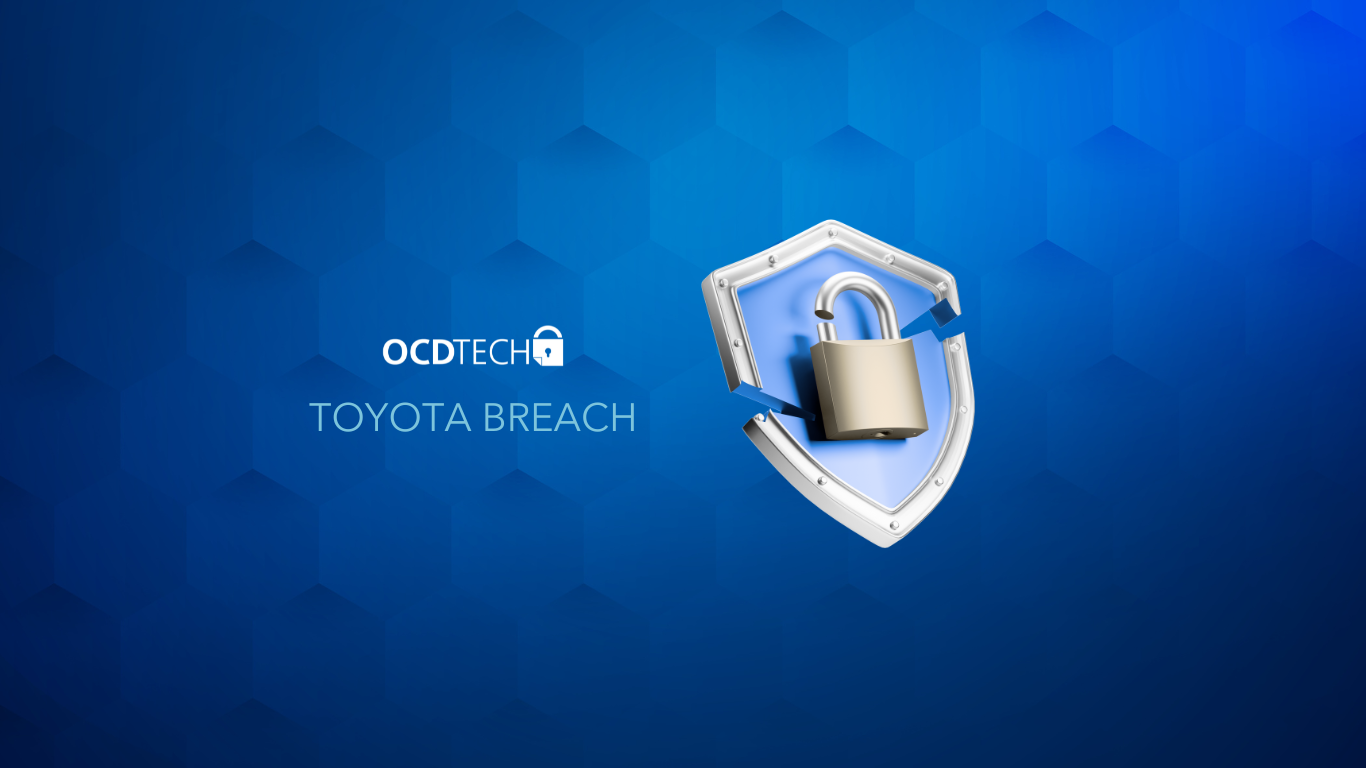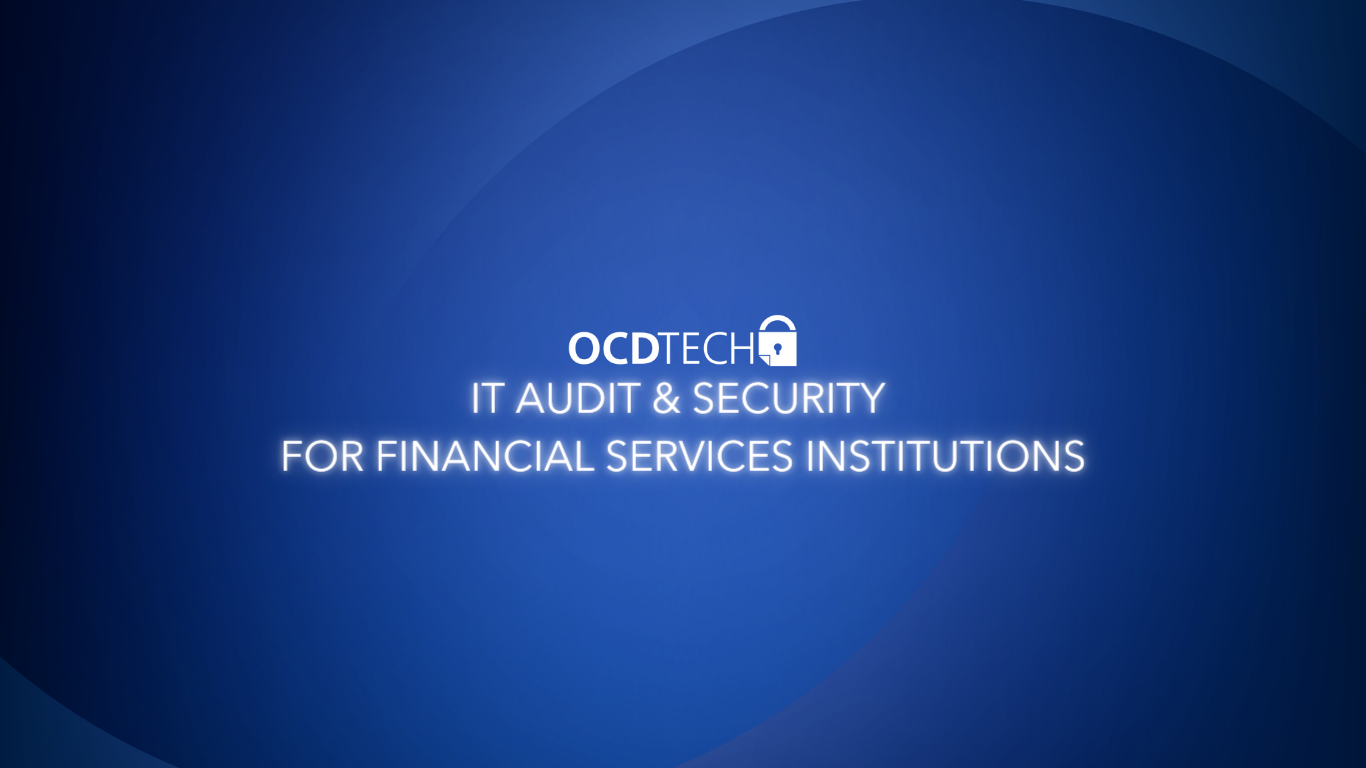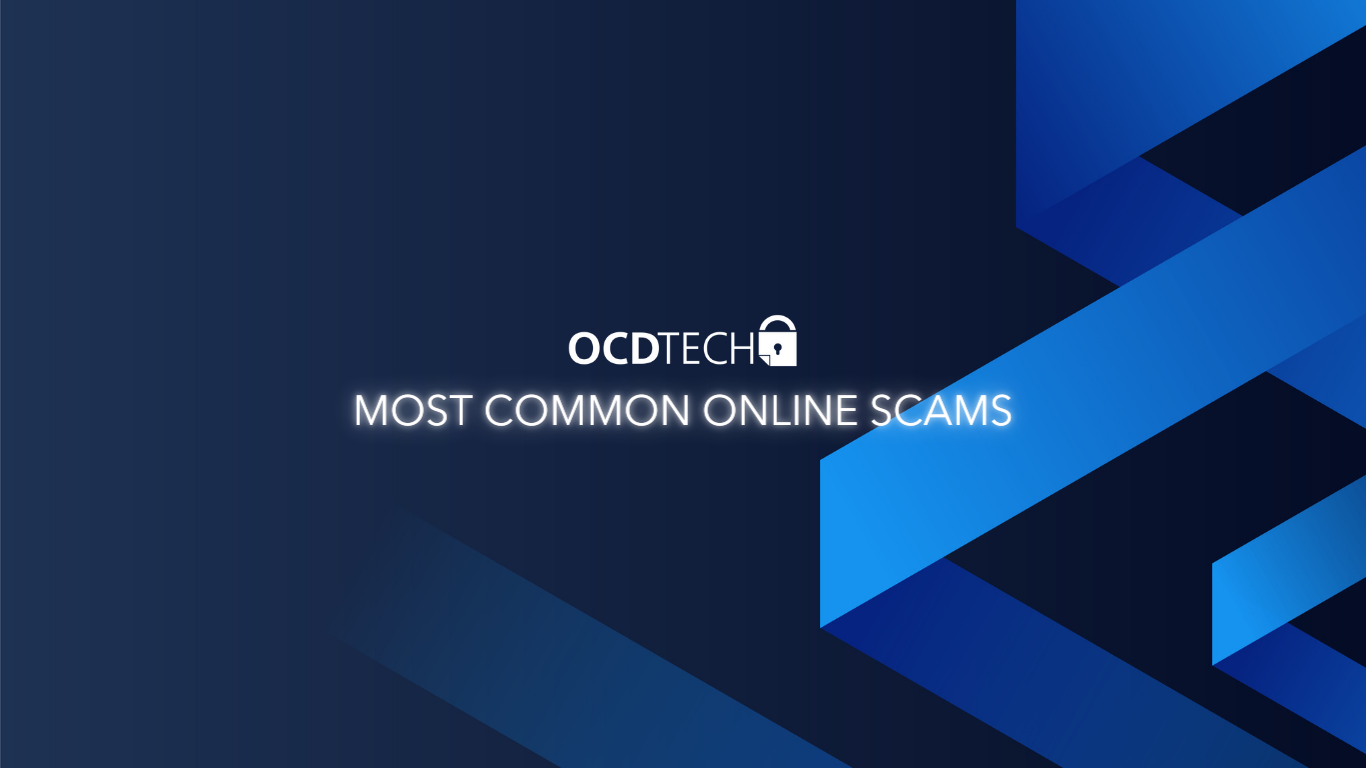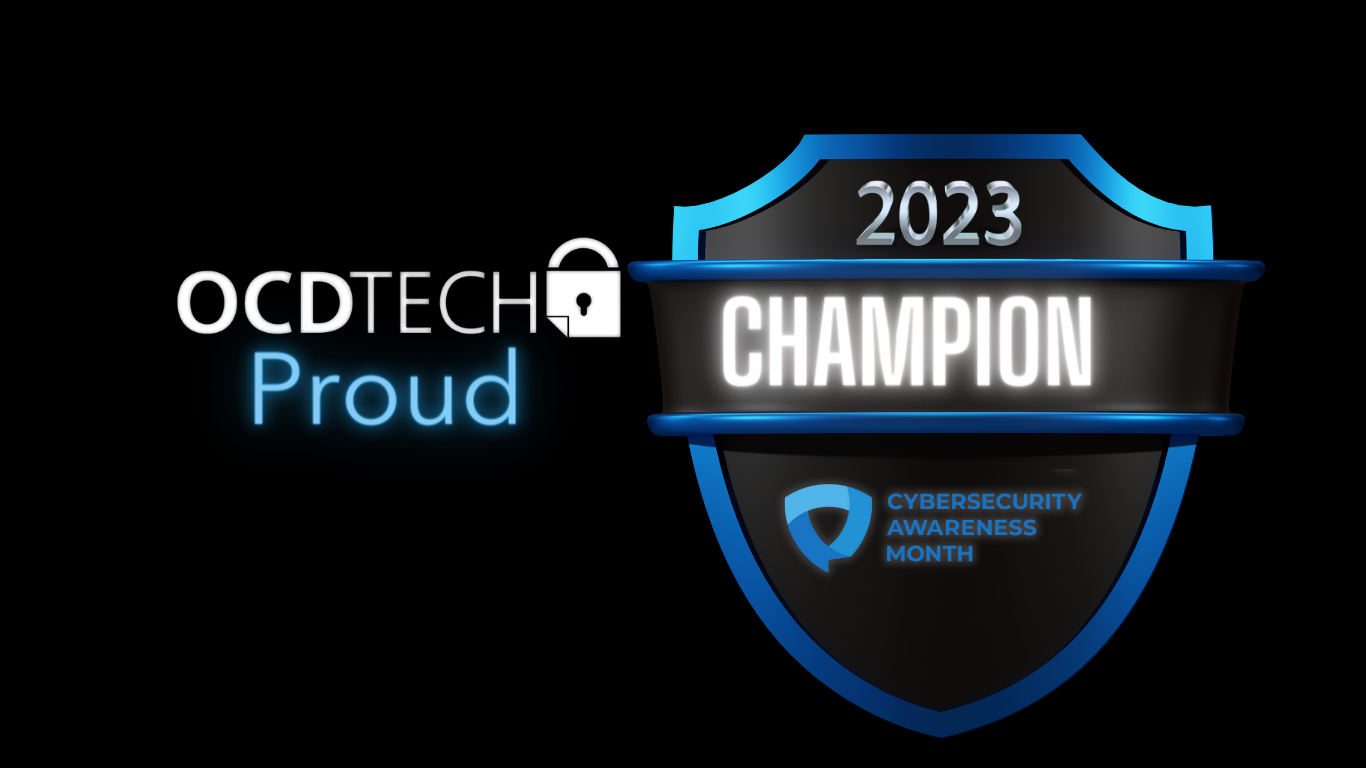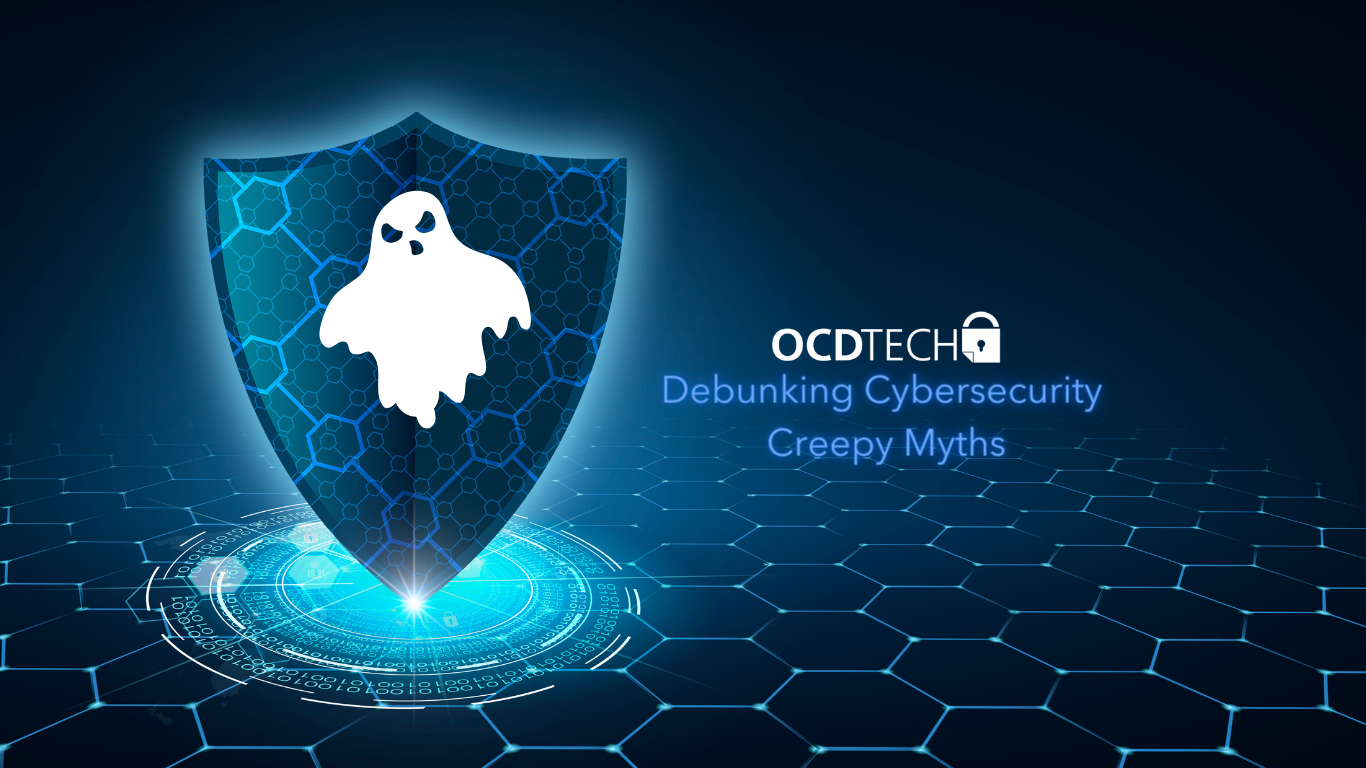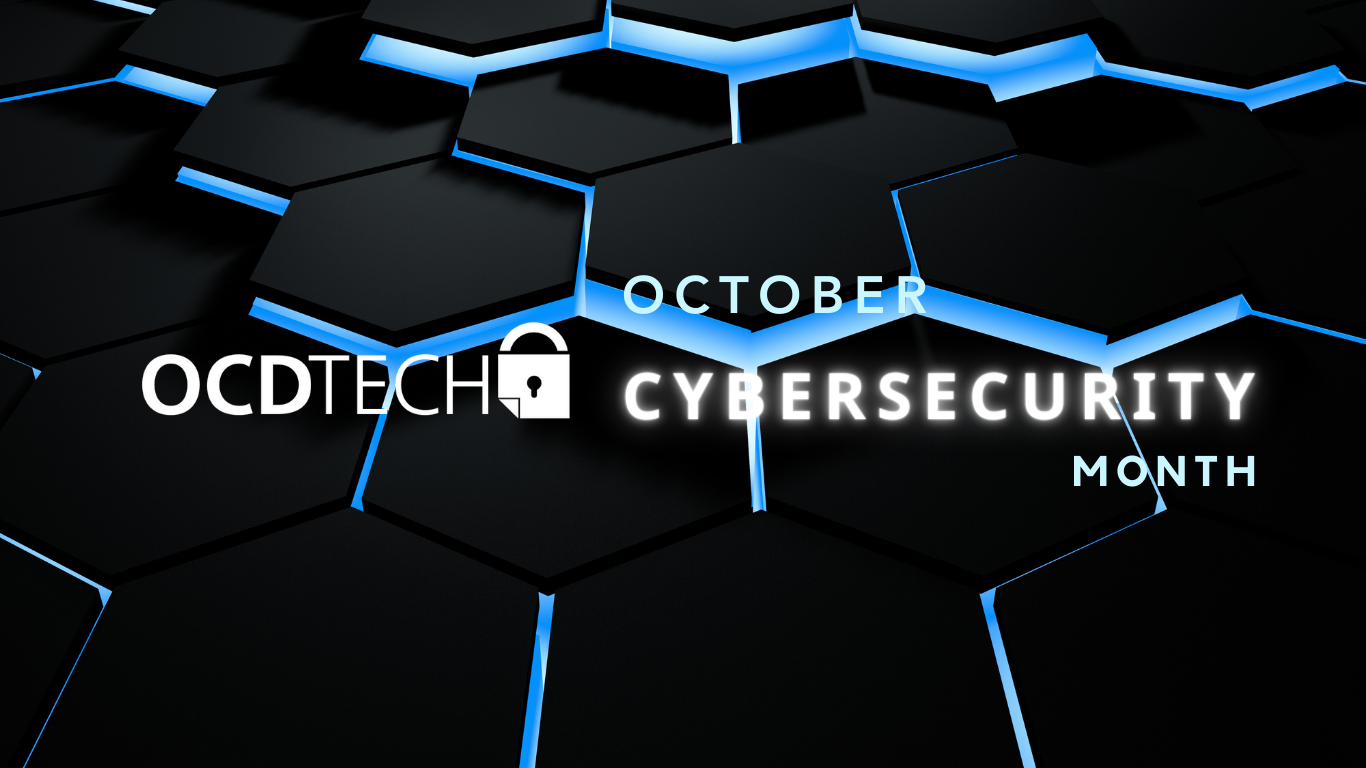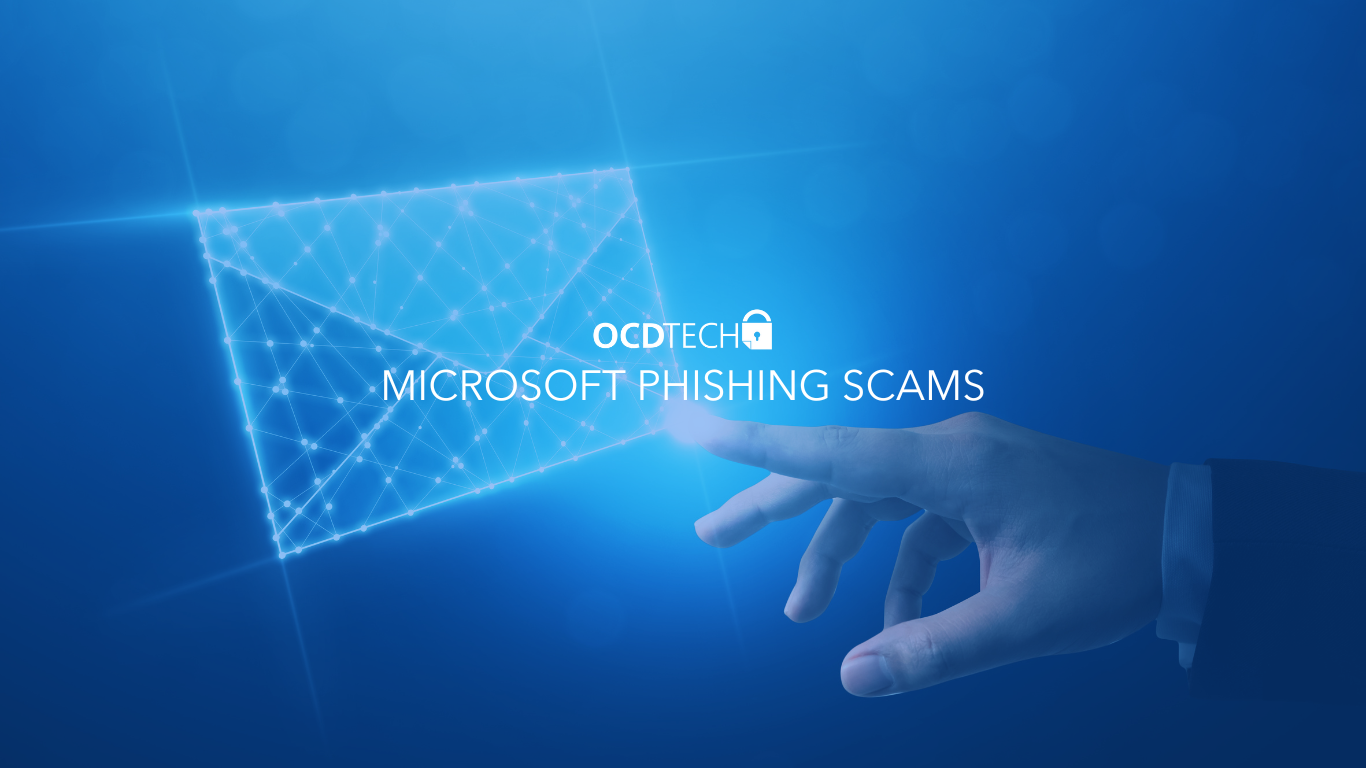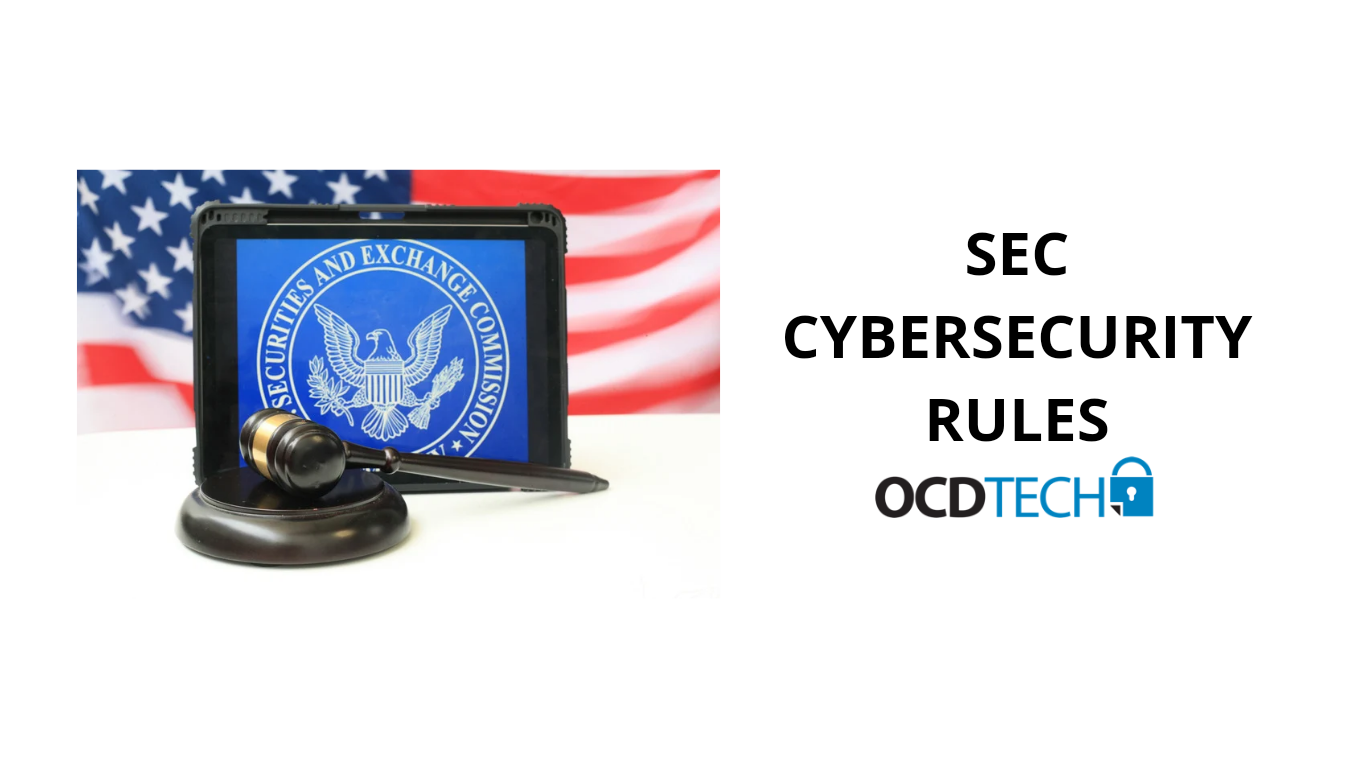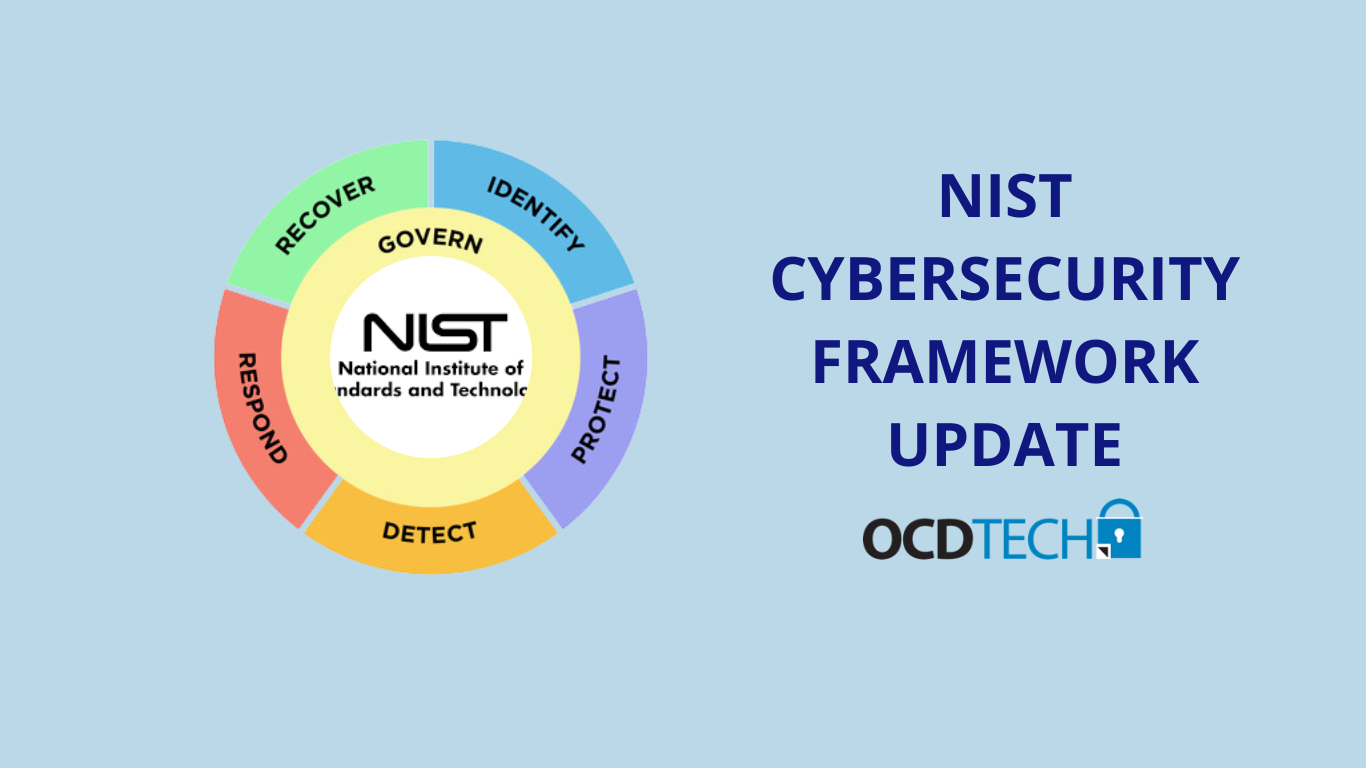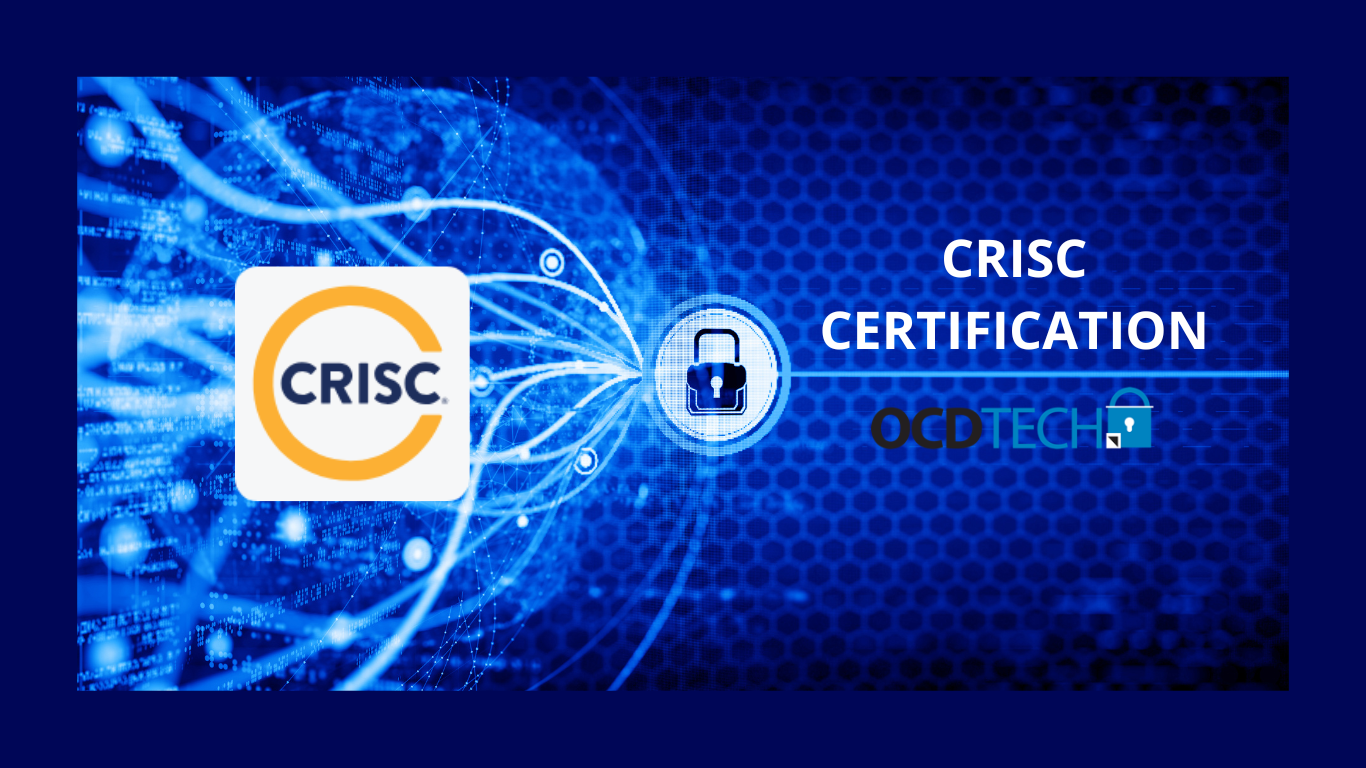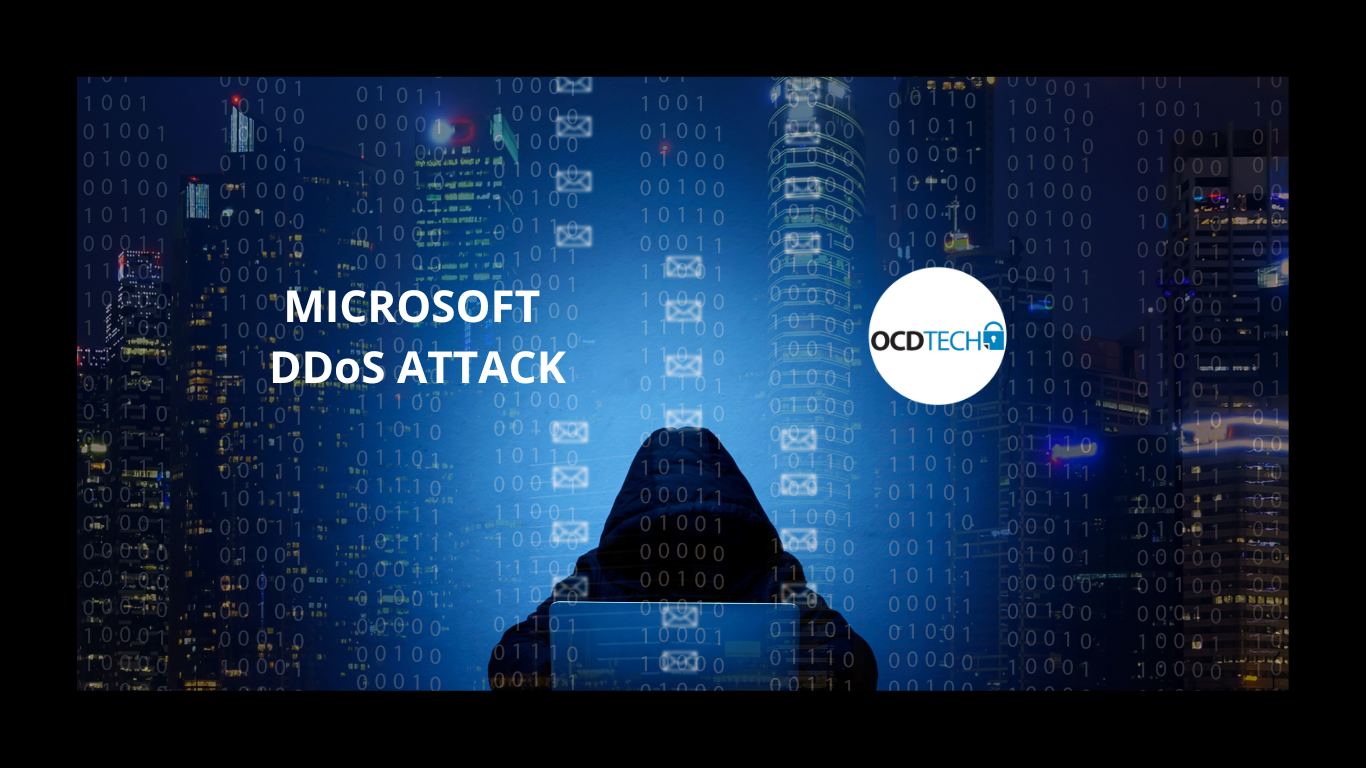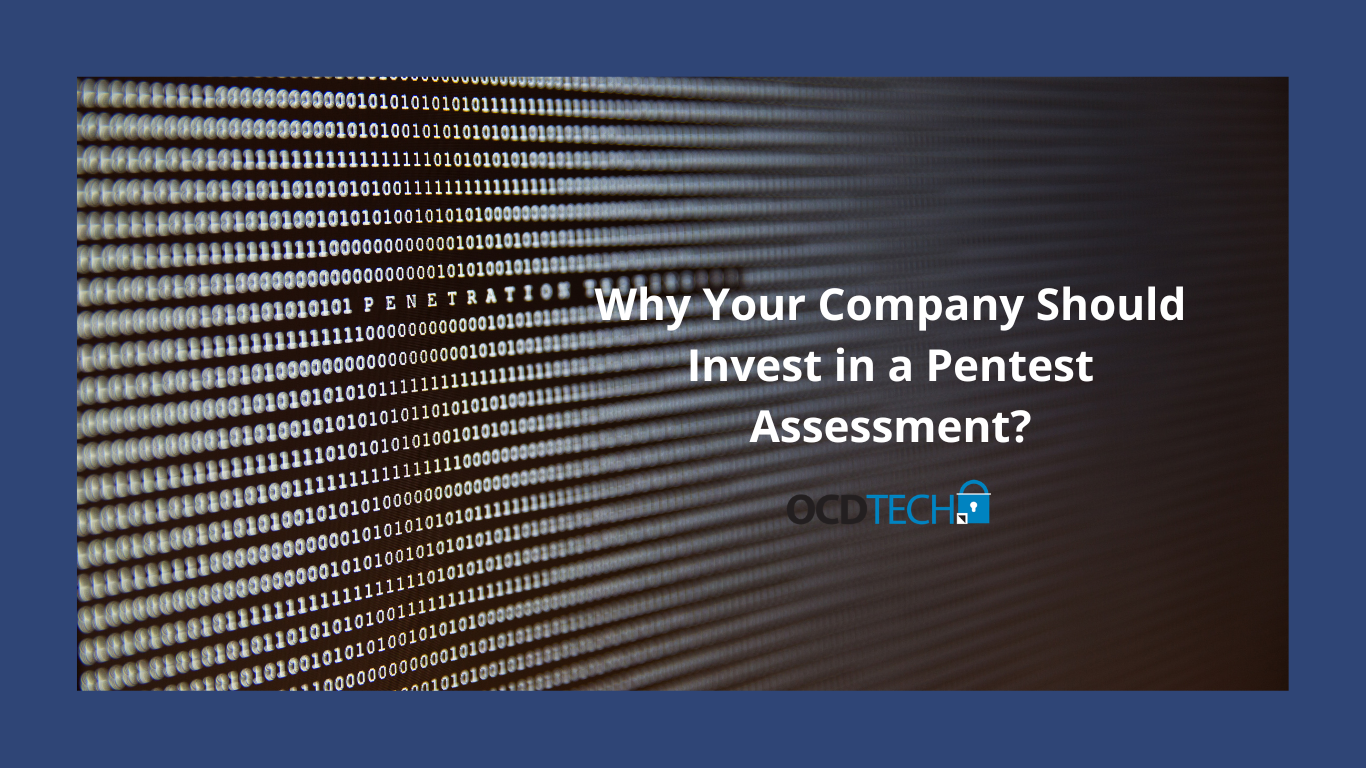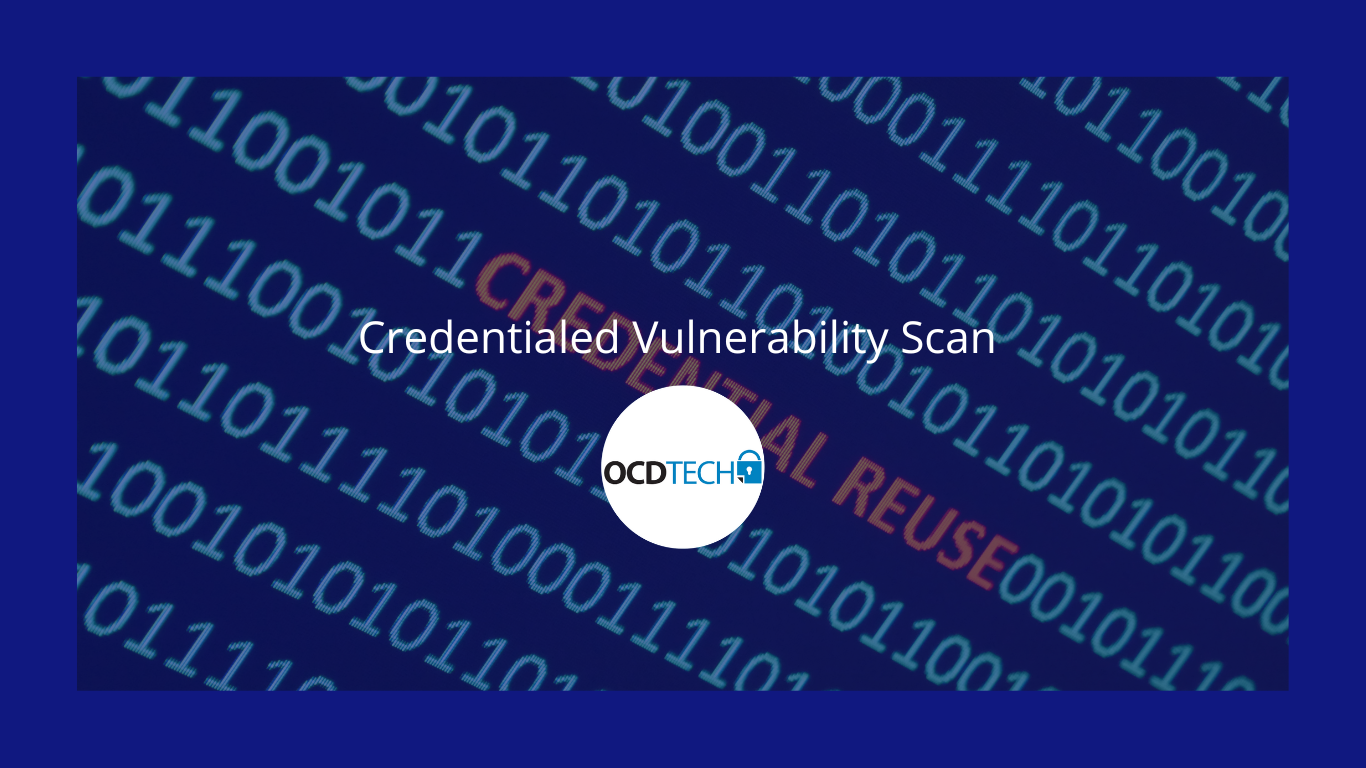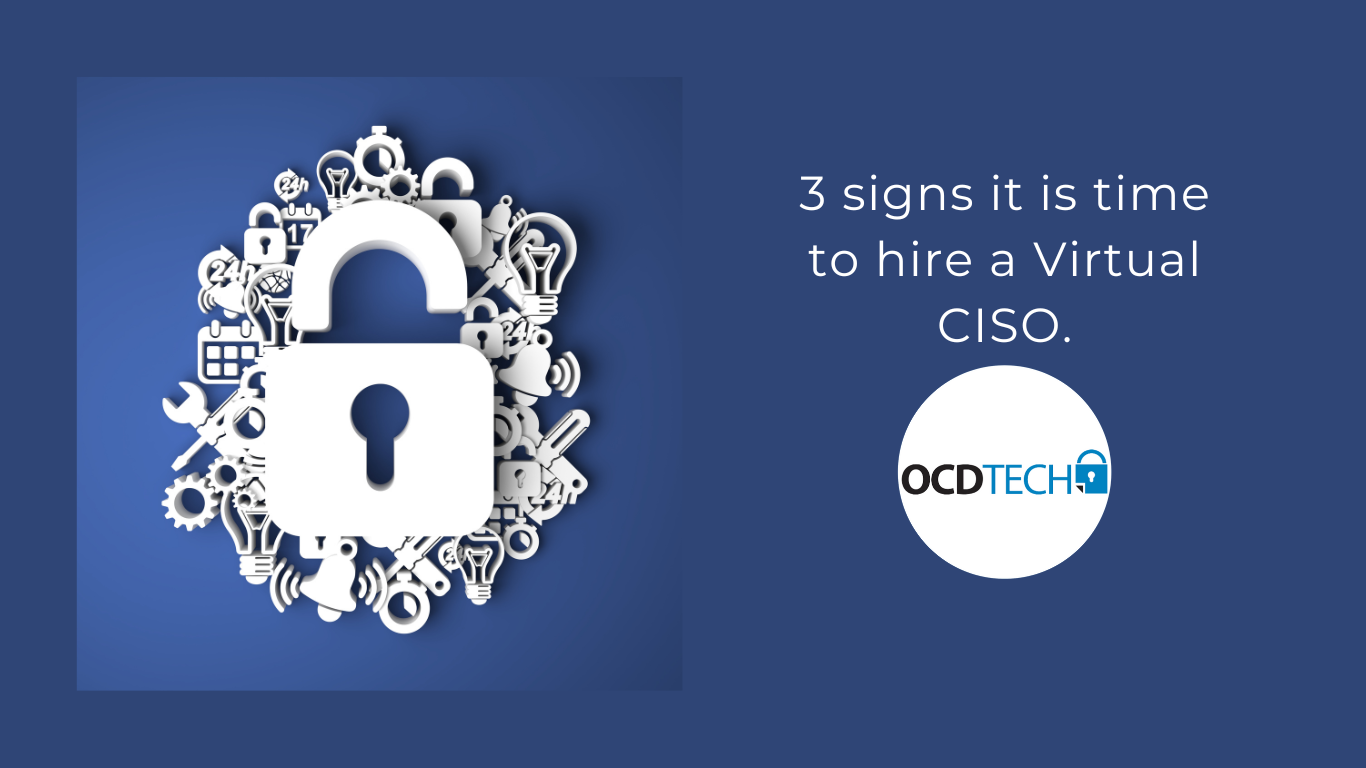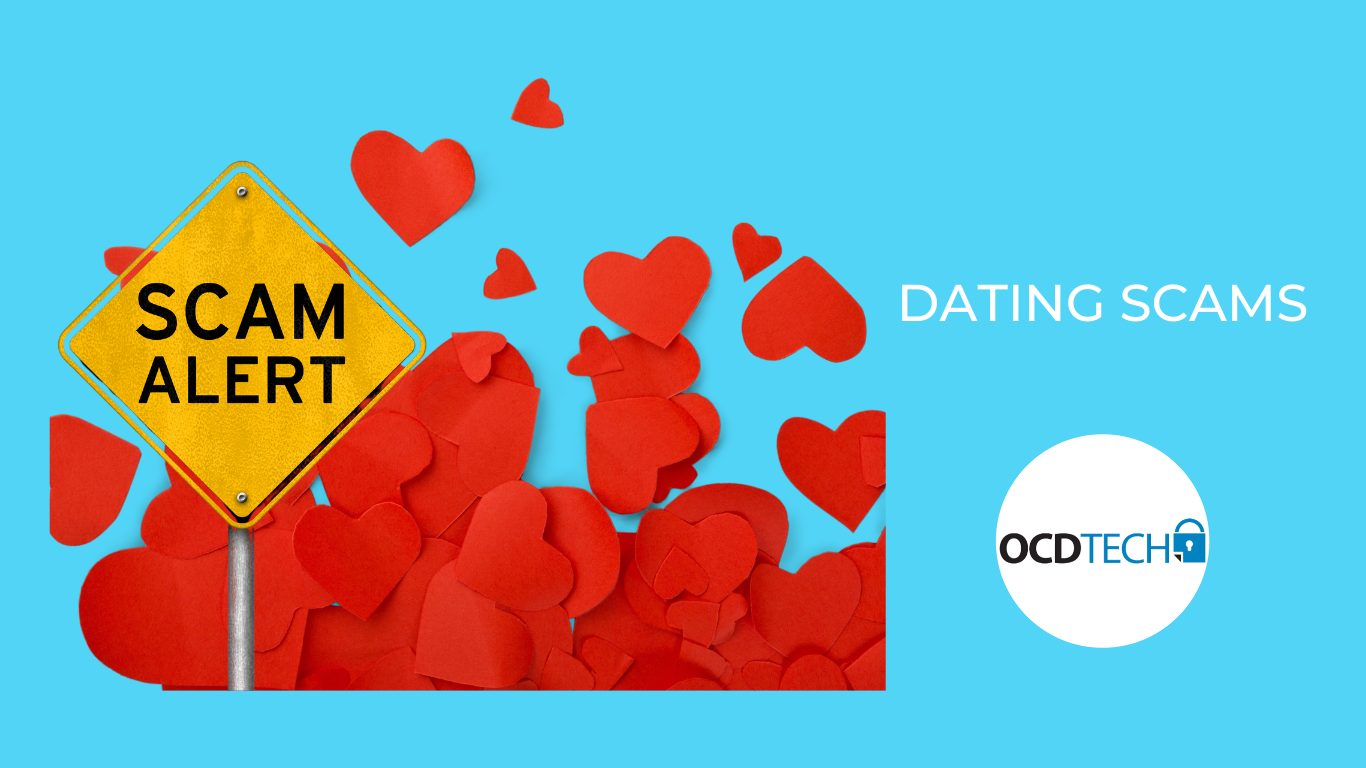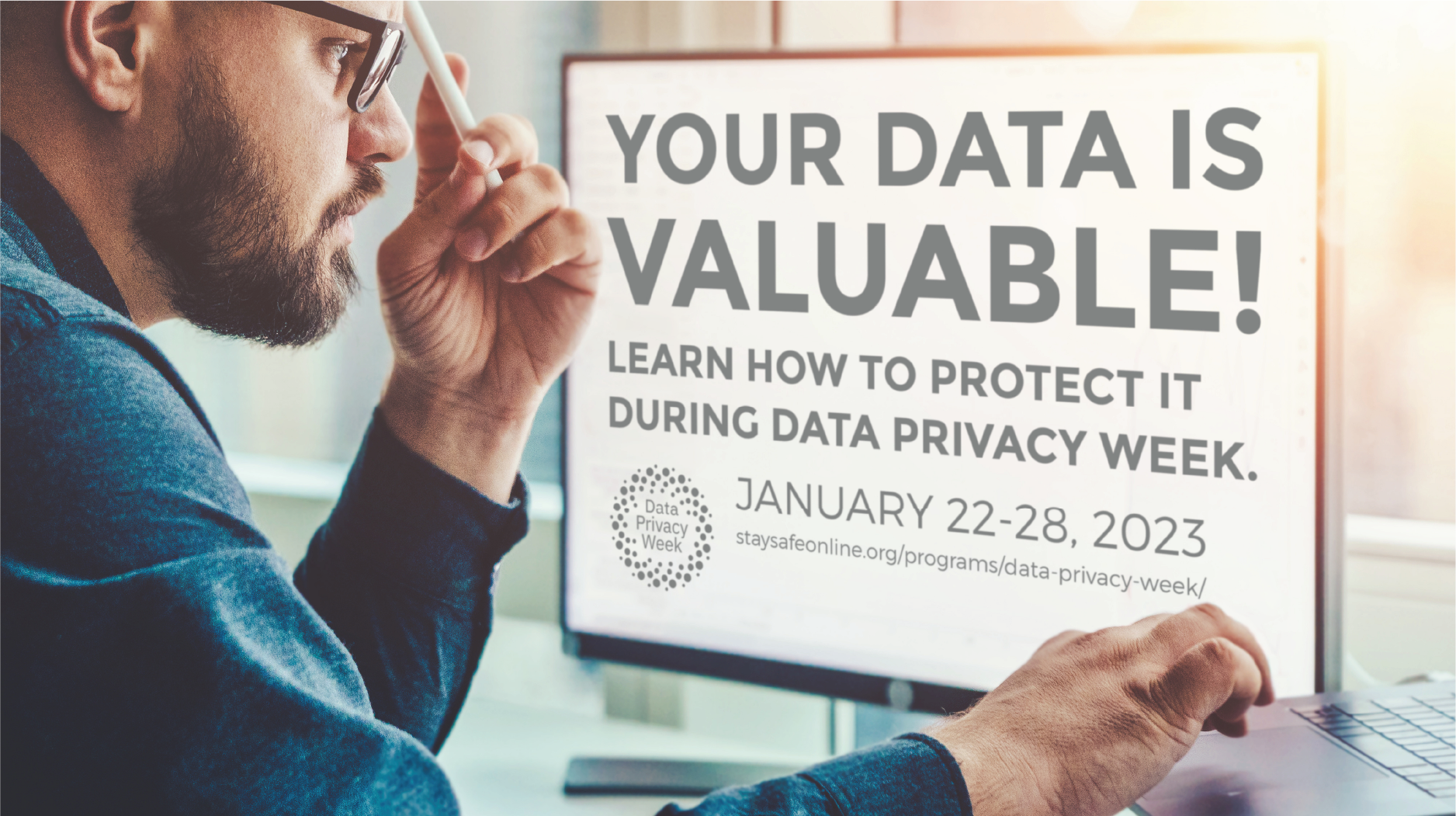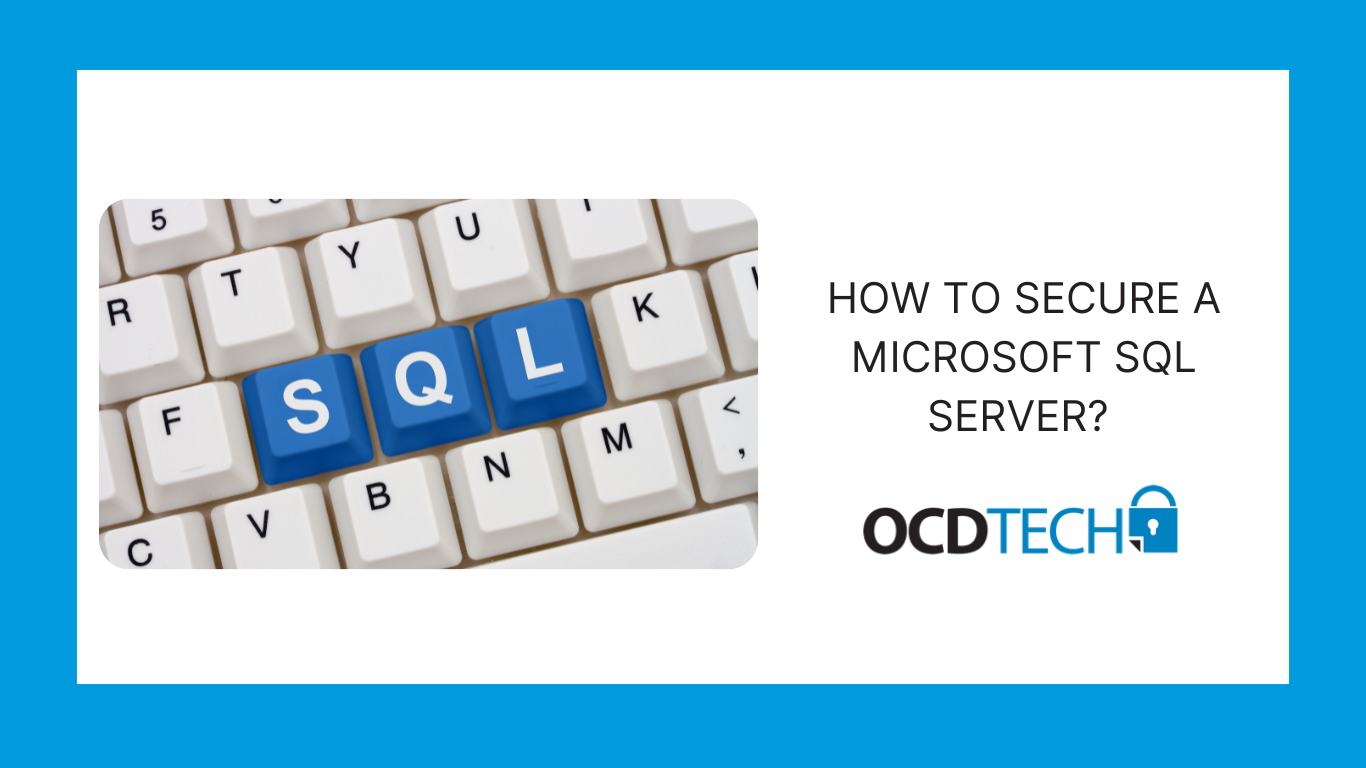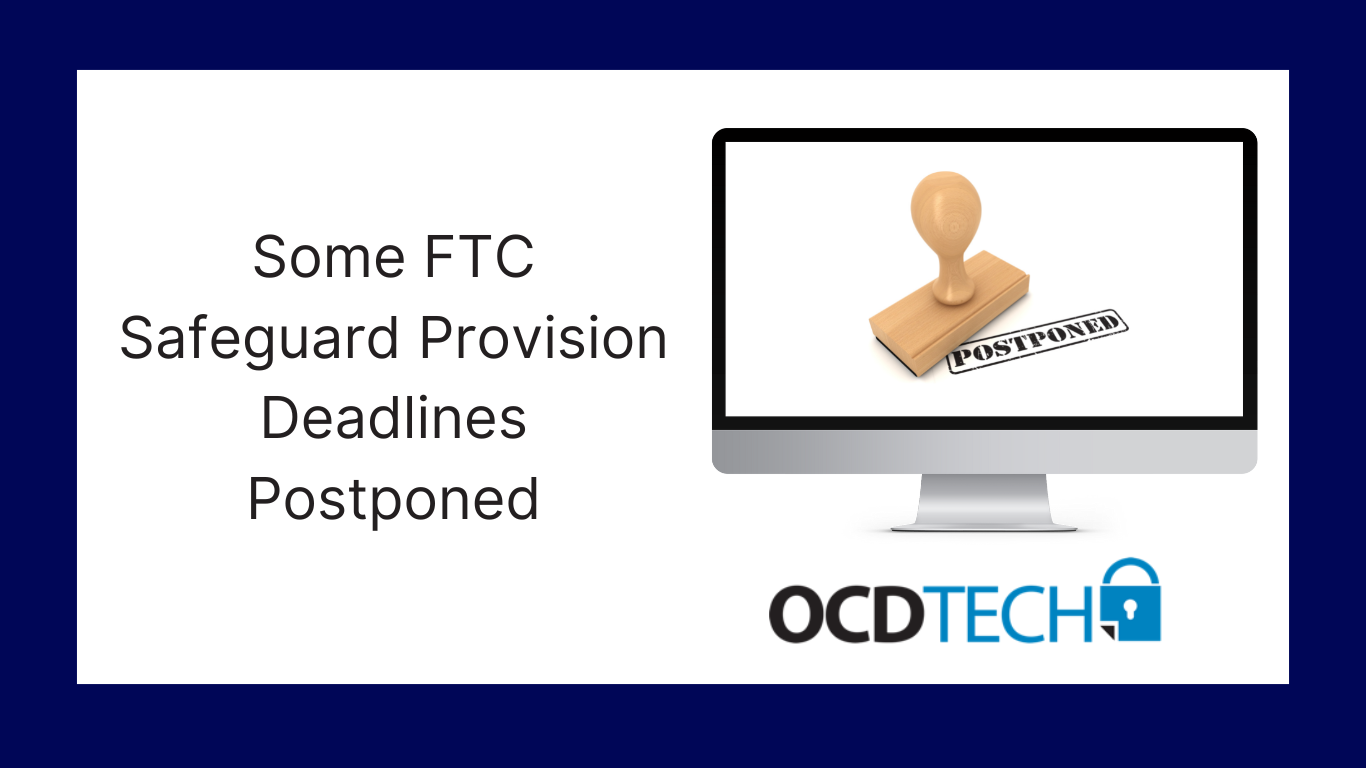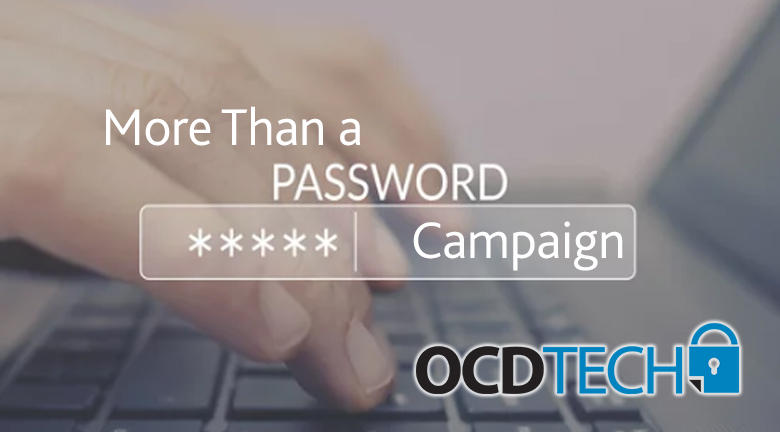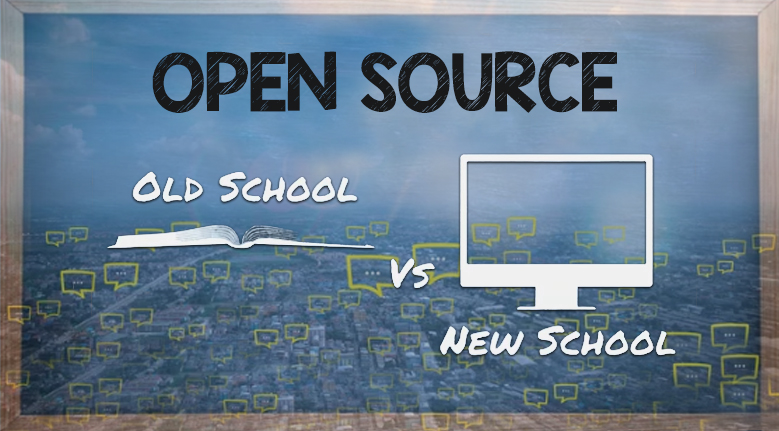Is Your Private Data on the Dark Web?
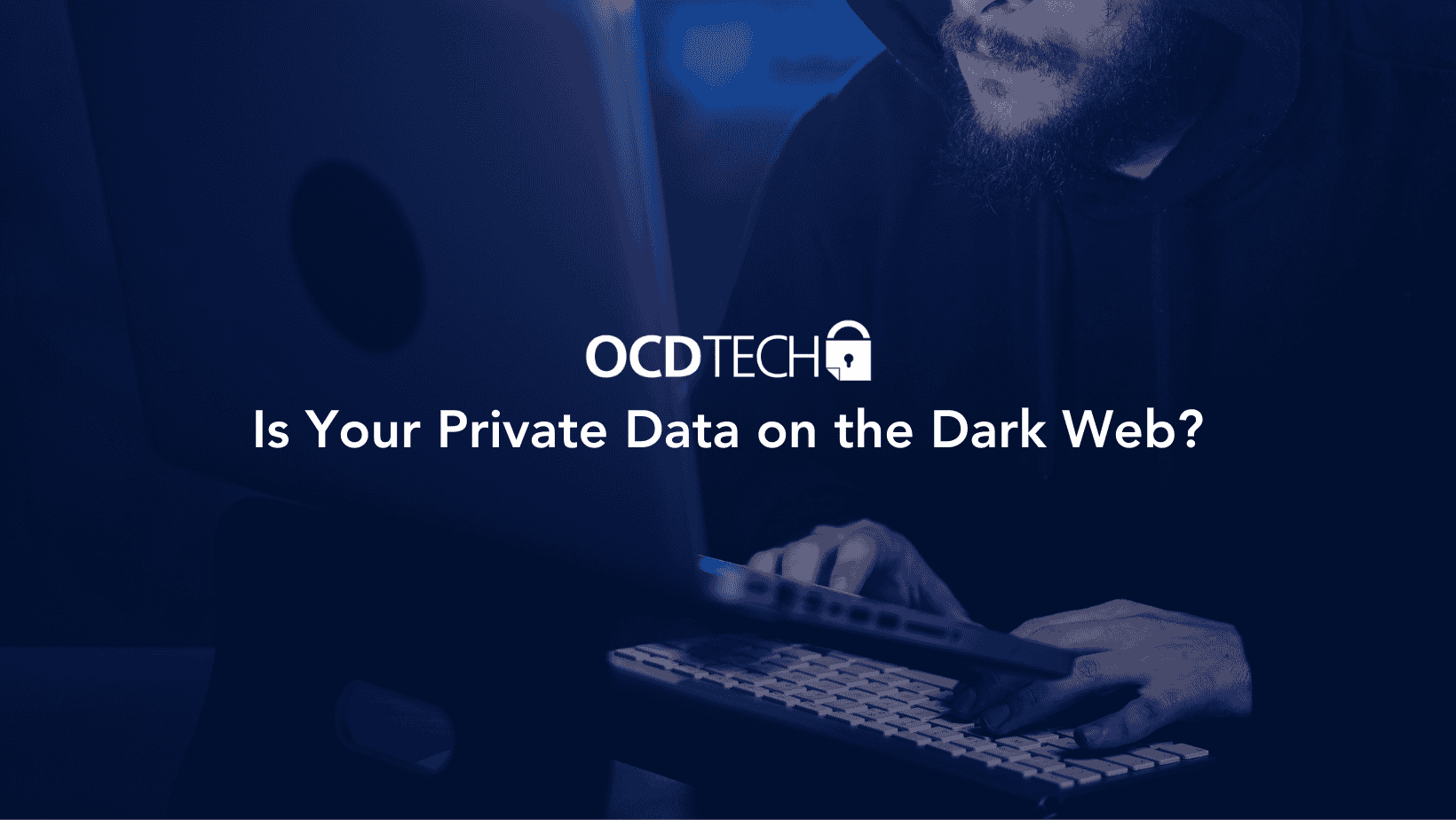
The dark web. It’s a term that sounds so ominous and mysterious. But it's a very real threat that could quietly dismantle reputations and compromise operations. That’s why it’s crucial to protect your data from the dark web with proactive monitoring and cybersecurity best practices. So, let’s ask the question you might be avoiding: is your private data on the dark web?
What Is the Dark Web?
Before we dig into the risks, it’s worth understanding what the dark web actually is. Unlike the surface web (the part of the internet you access daily), the dark web exists on encrypted networks that require specialized tools like Tor to access. While it’s a haven for privacy enthusiasts and whistleblowers, it’s equally notorious for harboring cybercriminals who buy, sell, and trade stolen information — sometimes yours.
How Does Your Data Get On The Dark Web?
Your data doesn’t stroll onto the dark web; it’s dragged there. A phishing email, a poorly secured database, or even an innocuous password reuse can be the culprit. Cybercriminals are opportunistic. Once they breach a system, they siphon sensitive information — emails, social security numbers, financial details, and more — to sell to the highest bidder.
And it’s not just personal information. For organizations, proprietary data, client lists, or intellectual property are gold mines for attackers. One breach can cascade into financial loss, legal ramifications, and irreparable brand damage. Isn’t that a chilling thought?
Is My Info on the Dark Web?
This question plagues many cybersecurity professionals, but finding an answer is complex. Unlike social media platforms or public websites, the dark web doesn’t have a search bar for you to type in your name. Instead, it’s a labyrinth of hidden marketplaces and forums.
However, tools and services do exist that monitor these murky corners for compromised data. Some organizations rely on dark web monitoring solutions — automated systems that crawl illicit marketplaces for signs of exposed credentials or sensitive information. But even then, identifying and acting on leaked data requires vigilance, expertise, and often, external support.
Signs Your Information May Be on the Dark Web
How do you know if your data has been compromised? Here are some red flags to watch for:
Unexplained Account Activity: Suspicious logins or transactions in your accounts could indicate your credentials have been stolen.
Unsolicited Password Reset Requests: Receiving password reset emails for accounts you didn’t initiate might mean someone is attempting to access them.
Debt Collection Notices or Bills: Unknown debts or accounts in your name could signal identity theft.
Phishing or Spam Emails: A sudden influx of targeted phishing emails might suggest your email address is circulating among cybercriminals.
Credential Dump Alerts: Notifications from services like Have I Been Pwned or your company’s dark web monitoring tools indicating your data has been exposed.
What to Do If Your Info Is on the Dark Web
Discovering that your data is on the dark web can feel like standing in quicksand. Here’s what you should do to regain solid ground:
Assess the Breach: Pinpoint what data is exposed. Is it personal, organizational, or both? The scope of the breach determines the urgency and type of response.
Reset Credentials: Immediately change passwords for compromised accounts and enable multi-factor authentication (MFA) wherever possible.
Notify Stakeholders: If organizational data is involved, inform key stakeholders, legal teams, and clients as needed. Transparency builds trust in moments of crisis.
Engage Professionals: Cybersecurity firms like OCD Tech specialize in incident response and forensic analysis. They can identify vulnerabilities, mitigate damage, and prevent recurrence.
Monitor Continuously: Breaches aren’t singular events; they’re often part of larger campaigns. Ongoing dark web monitoring ensures you’re not blindsided again.
The Bigger Picture: Cyber Hygiene
Finding your data on the dark web is a wake-up call — a reminder that cybersecurity is a journey, not a destination. While reactive measures are essential, proactive strategies make the real difference. Here are some tips:
- Educate Your Team: Human error is a leading cause of breaches. Regular training on recognizing phishing attempts and using secure passwords can save headaches.
- Update Systems: Outdated software is a playground for hackers. Regular updates patch vulnerabilities before they’re exploited.
- Invest in Penetration Testing: Simulating attacks can reveal weak points in your defenses before malicious actors do.
Why It Matters
The dark web is a reflection of how deeply interconnected our digital lives have become. When organizational data ends up in the wrong hands, it’s not just numbers and bytes at stake; it’s trust, credibility, and sometimes livelihoods. That’s why it’s essential to protect your data from the dark web with proactive monitoring and cybersecurity best practices.
So, ask yourself again: is my private data on the dark web? If the answer isn’t a confident “no,” it’s time to act. Whether through employee training, robust security protocols, or partnering with experts, safeguarding your organization’s data is not optional — it’s imperative.
Moving Forward
Cyber threats evolve—constantly. But so can your defenses. Take the first step today. Conduct an assessment, enhance your protocols, and build a culture of security. Because on the battlefield of cybersecurity, vigilance is your greatest ally.





.svg)
.svg)
.svg)
.svg)
.svg)
.svg)
.svg)



